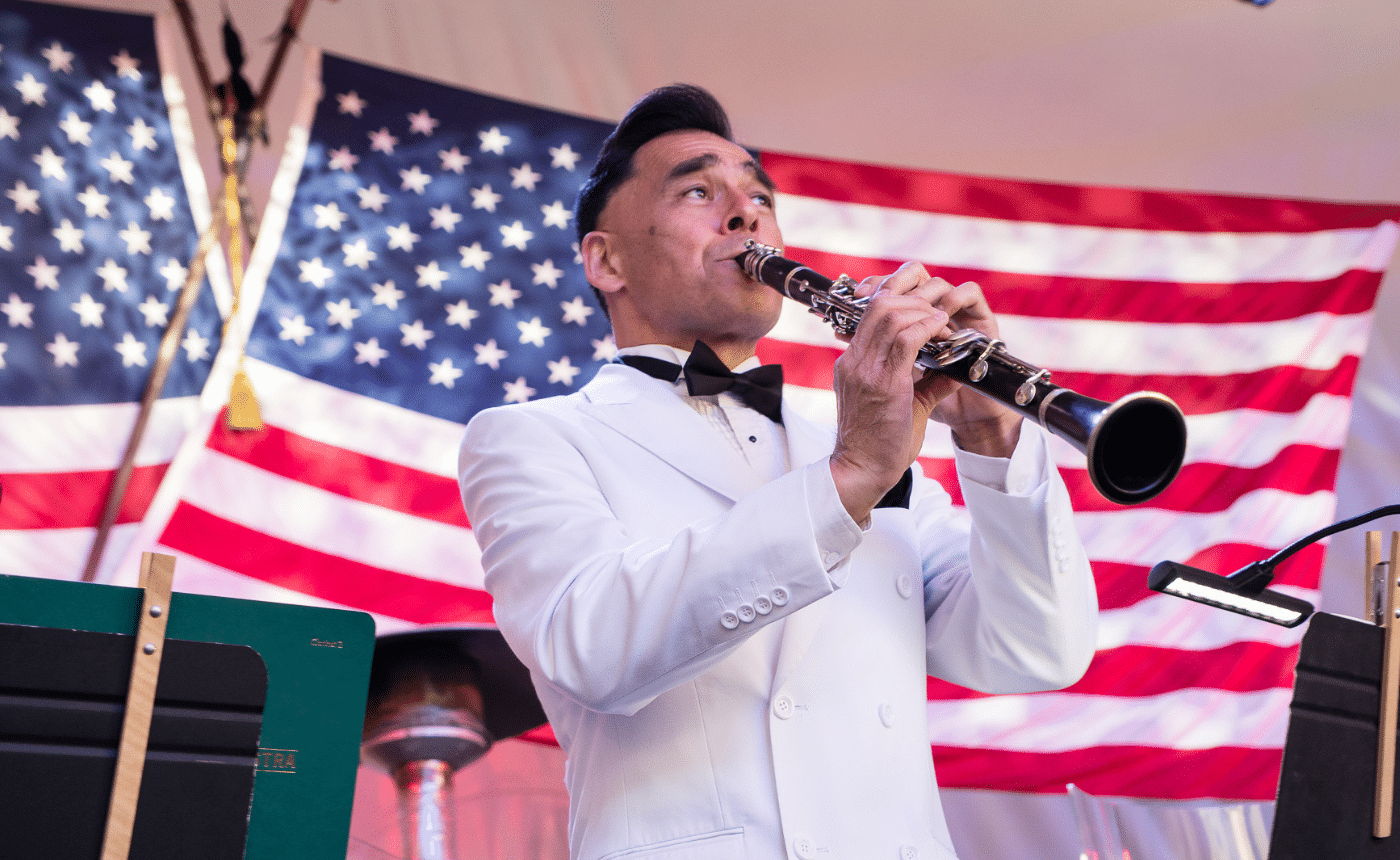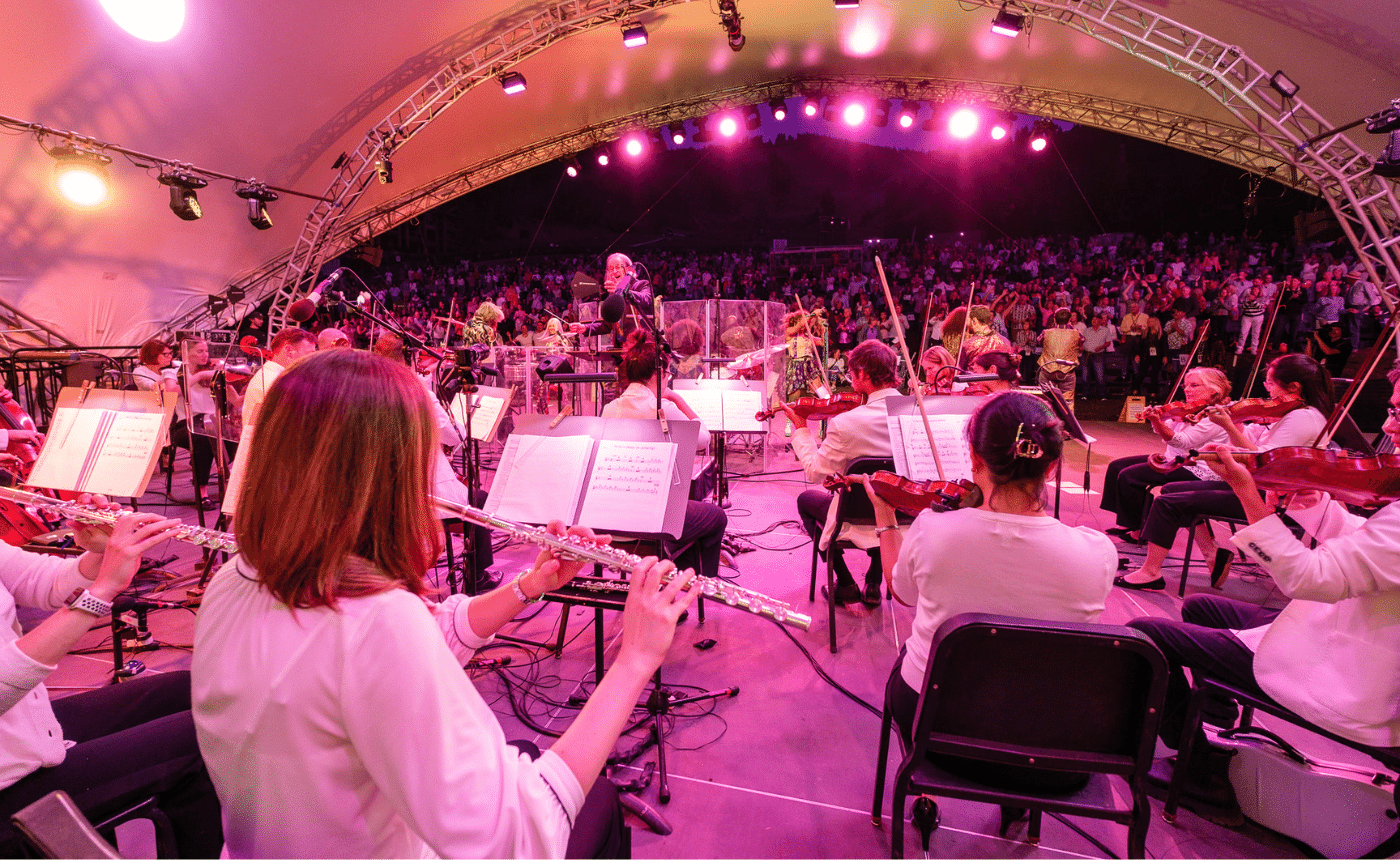Introduction to Stravinsky, Fireworks and The Firebird
Igor Stravinsky (1882-1971) (EE-gore struh-VIHN-skee)

His Life
A Russian-born composer, Stravinsky later also held French and United States citizenship. He received piano lessons as well as lessons in harmony and counterpoint. His experiences with improvising led him to an interest in composition. Stravinsky began studying law, but was not a very good student. He was lucky enough to be friends with the son of the great Russian composer and orchestrator, Rimsky-Korsakov, who served as a musical advisor to Stravinsky for a number of years. Stravinsky collaborated with Serge Diaghilev and his Ballet Russes, based in France for a number of years, creating some of his masterpieces for the ballet.
During World War I, Stravinsky realized he needed income from more than composition to support his wife and four children, and soon also his mother. He began to conduct and perform as a pianist. In 1917, the Russian Revolution caused further disruption as Stravinsky realized he would never be able to return to the land of his birth. By the time World War II was imminent, Stravinsky had experienced the deaths of his second-born child, his wife and his mother in less than a year’s time. In the fall of 1939, Stravinsky came to America.
While in the United States, Stravinsky married again and settled in Hollywood. He continued composing and performing and also made many revisions to earlier pieces. Some revisions were to correct errors; others were to secure copyright protections that had been confused by changes in citizenship, two world wars and the Russian Revolution. Stravinsky’s status as a great musical figure of the 20th century is signified by his 80th birthday celebrations which included the receipt of a State Department medal and a White House dinner party with President and Mrs. Kennedy. In the same year, Stravinsky returned to the USSR after nearly 50 years. He attended five concerts of his works in Moscow and Leningrad. He also met with Khrushchev in the Kremlin. A close friend who accompanied Stravinsky and his wife on this visit said “To be recognized and acclaimed as a Russian in Russia, and to be performed there, has meant more to him than anything else in the years I have known him.”
His Music
Stravinsky’s long life and immersion in the musical cultures of Russia, France and the United States contributed to and helped develop his very individual style. He first absorbed the great western classical traditions, then explored the folk music of Russia, ragtime and jazz in America, went through his neo-classical period, and explored 20th century serialism.
Fireworks, op. 4
Stravinsky composed Fireworks as a wedding present for Nikolai Rimsky-Korsakov’s daughter, Nadia. Stravinsky’s partnership with the Ballet Russes started when Serge Diaghilev heard the first performance of Fireworks in St. Petersburg. At Diaghilev’s request, Stravinsky orchestrated some Chopin for the ballet company, and one year later was commissioned to write The Firebird.
Here is the Orquestra Filarmónica Nacional under the direction of Leonard Slatkin performing Fireworks.
The Firebird
The Firebird was Stravinsky’s first full-length ballet score and the first work to bring him international acclaim. Stravinsky poured his utmost creative talents into The Firebird, resulting in music of sumptuous hues, exotic fantasy, and orchestral enchantment. The musical influence of Stravinsky’s teacher and friend, Rimsky-Korsakov, can be heard in the exotic and magical harmonies in the music.
This is an amazing video of Stravinsky himself conducting the complete piece (31 minutes). Unfortunately, I don’t read Japanese, so I don’t know which orchestra this is.












